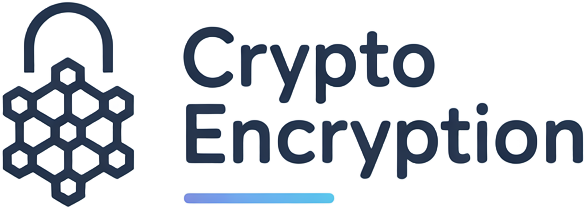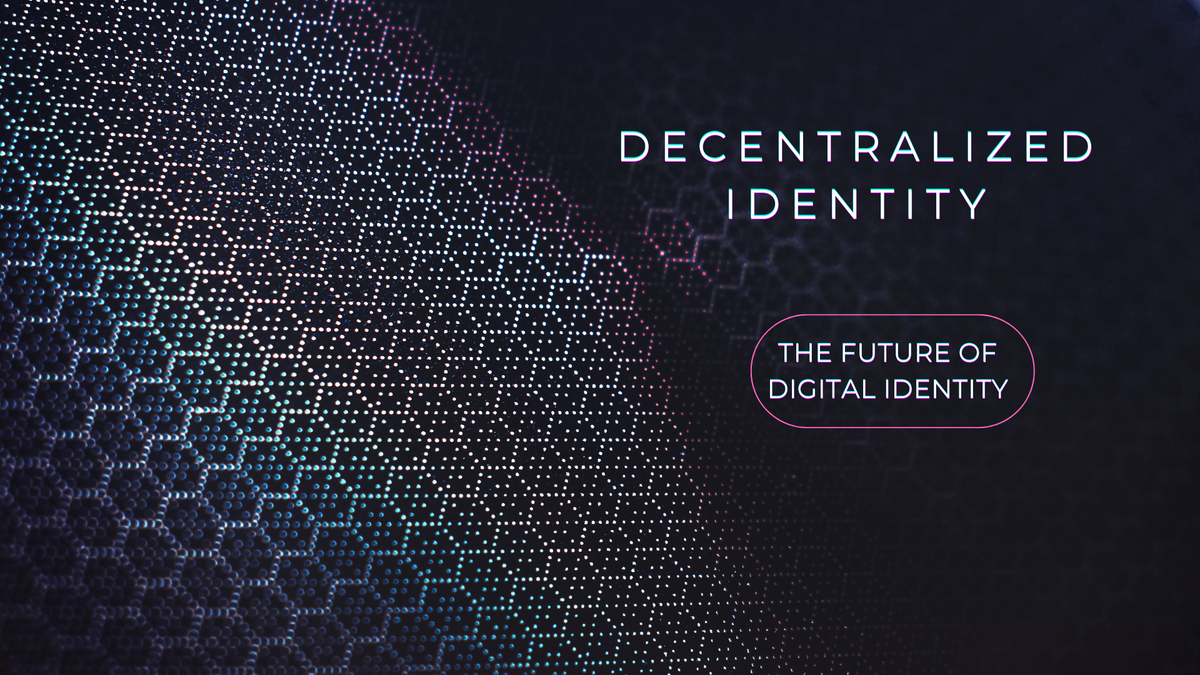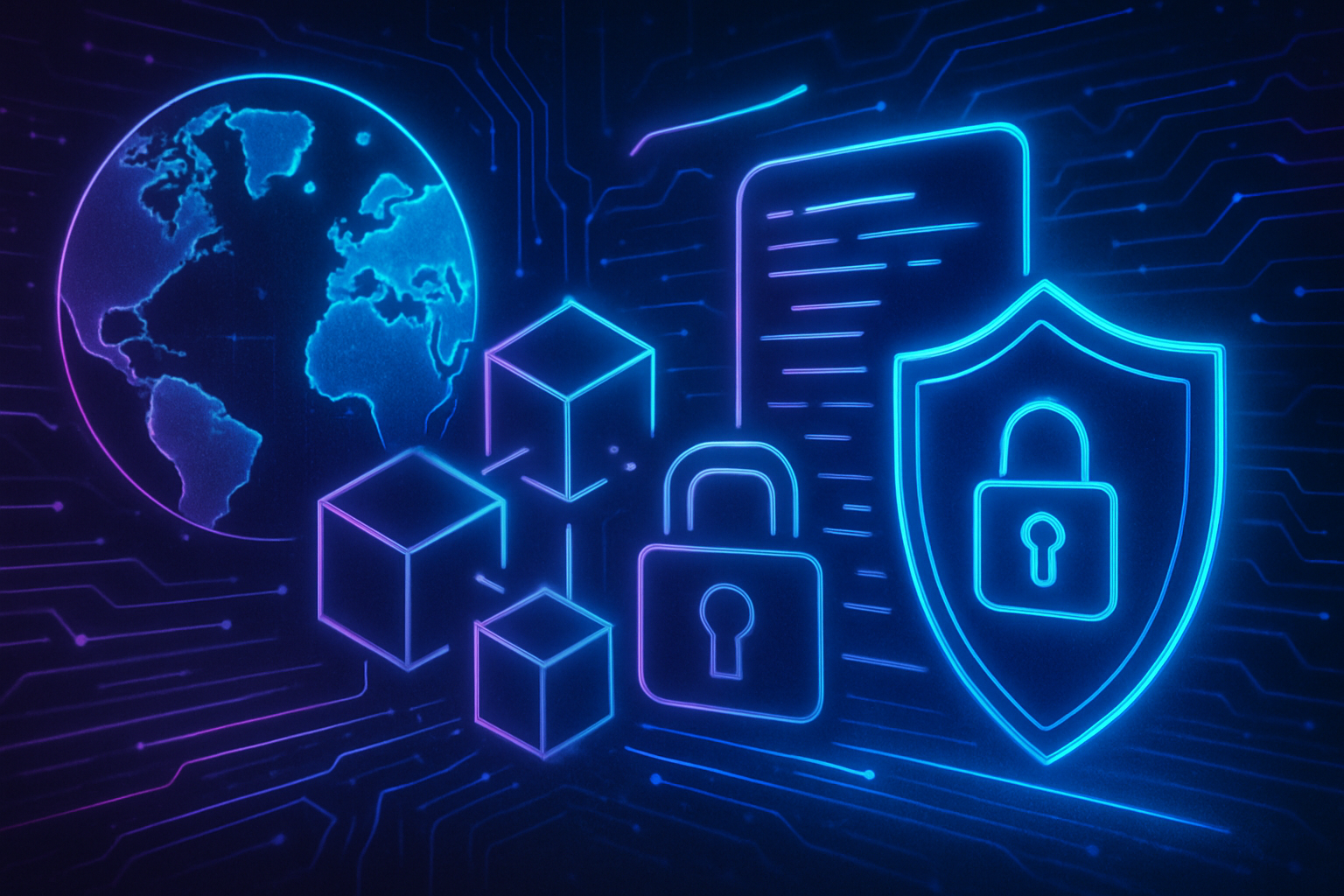
Encrypted smart contracts are revolutionizing how we approach privacy and automation on the blockchain, but they also introduce a complex web of regulatory compliance challenges. As organizations and developers increasingly turn to encrypted smart contracts for confidential transactions and data protection, understanding the intersection of blockchain privacy laws and evolving global regulations becomes absolutely essential.

Why Encrypted Smart Contracts Face Unique Compliance Hurdles
The core promise of blockchain technology, immutability and transparency, can directly conflict with modern privacy mandates. When sensitive information is written to an immutable ledger, it’s there forever. This permanence is at odds with regulations like the GDPR, which grants individuals the right to request erasure of their personal data. The tension between these two worlds is more than philosophical; it’s a real operational challenge for anyone deploying encrypted smart contracts.
Let’s break down the most pressing compliance issues:
Key Privacy Compliance Challenges for Encrypted Smart Contracts
-

Data Immutability vs. Right to Erasure: Blockchain’s permanent record-keeping conflicts with regulations like the GDPR, which grants individuals the right to have their personal data deleted. This makes compliance difficult when personal information is stored on-chain.
-

Consent Management Difficulties: Laws such as the GDPR require explicit, revocable user consent for data processing. The autonomous and automated nature of smart contracts complicates real-time consent management and permission revocation.
-

Data Localization Requirements: Jurisdictions like China and the EU mandate that certain data be stored within national borders. The decentralized, global distribution of blockchain nodes can conflict with these data localization laws.
-

Cross-Border Data Transfer Risks: Encrypted smart contracts often process data across multiple jurisdictions, raising compliance challenges with differing privacy laws and international data transfer restrictions.
-
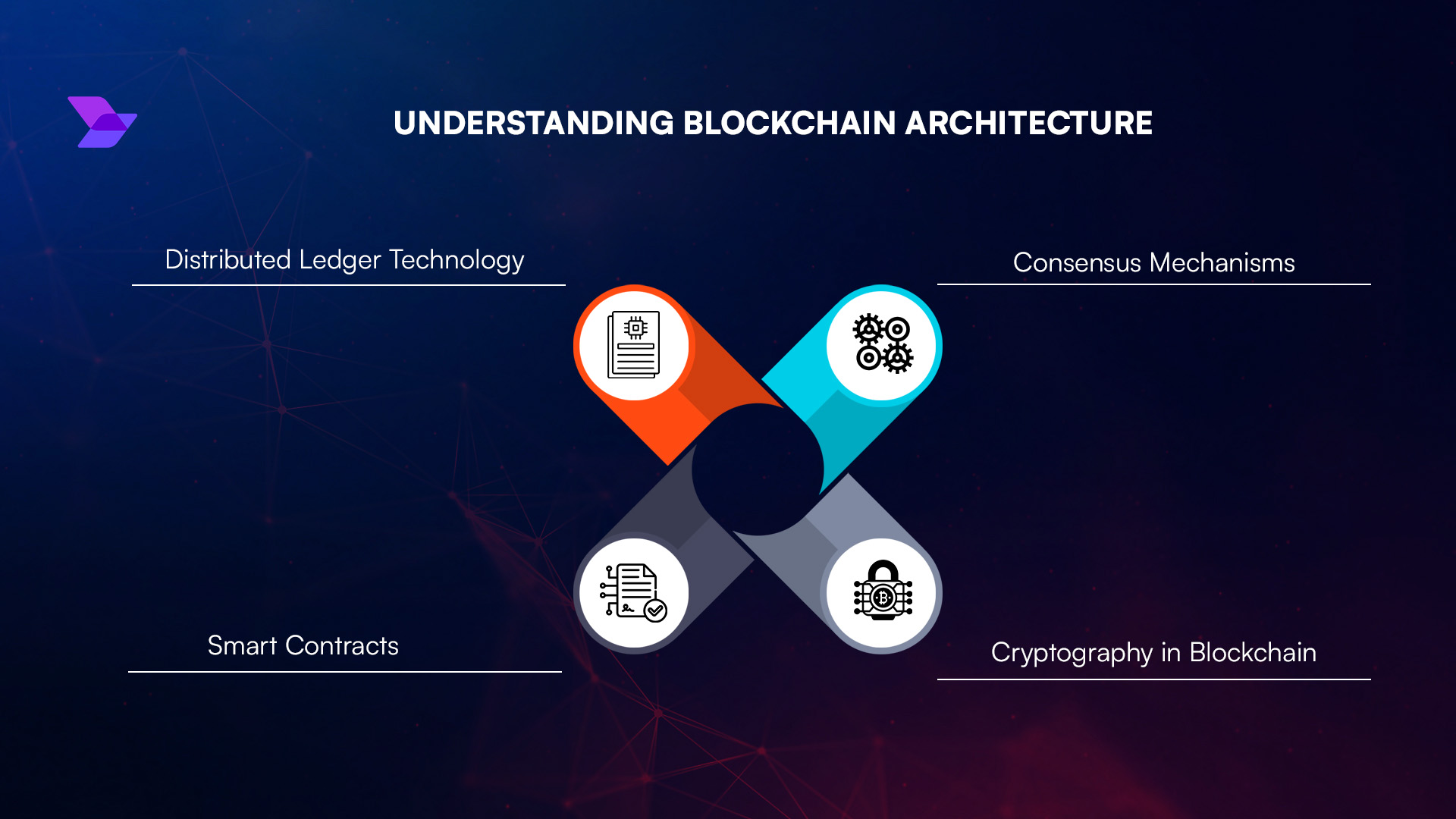
Transparency vs. Confidentiality: Blockchain’s transparent nature can expose transaction metadata or pseudonymous identifiers, risking the leakage of sensitive information and potential non-compliance with privacy regulations.
Immutability vs. Privacy Rights: The Global Regulatory Landscape
Across different jurisdictions, privacy laws impose varying requirements on how personal data is managed within digital systems, including blockchains:
- European Union (GDPR): Demands strict control over personal data with rights like erasure and portability. This can be at odds with the unchangeable nature of blockchain records. More details can be found at gdpr-advisor. com.
- United States (CCPA): While not as comprehensive as GDPR, California’s CCPA still grants consumers significant rights over their personal information, requiring mechanisms for access and deletion.
- China: Stringent data localization rules require that certain types of personal data remain within national borders, a major challenge for decentralized networks whose nodes are globally distributed.
This fragmented legal environment means that a single encrypted smart contract may need to comply with multiple, sometimes conflicting, requirements depending on where users or nodes are located.
Strategies for Navigating Compliance Without Sacrificing Privacy
The good news? Innovative technical strategies are emerging that help reconcile smart contract functionality with regulatory obligations:
- Hybrid Architectures: By storing sensitive user data off-chain (where it can be modified or deleted), while keeping only pseudonymous references on-chain, projects can better align with GDPR and similar regulations. For an in-depth look at this approach, see privacyevolved. com.
- Zero-Knowledge Proofs (ZKPs): These cryptographic techniques allow users to prove statements about their data without revealing the underlying information, helping achieve compliance through true data minimization.
- Decentralized Identity (DID) Systems: DIDs empower users to control what information they share and when, supporting consent management requirements under GDPR.
- Regulatory Sandboxes: Working directly with regulators in controlled environments allows teams to test new encrypted contract solutions while ensuring they meet evolving legal standards.
This multi-pronged approach is quickly becoming best practice for teams aiming to build truly compliant, and future-proof, encrypted smart contract platforms.
Still, the compliance journey doesn’t end with technical solutions alone. Ongoing collaboration between developers, legal experts, and regulators is vital to proactively address emerging risks and to keep pace with shifting interpretations of privacy law. For example, the debate around “the right to be forgotten” in an immutable blockchain context remains unresolved in many regions. This means that continuous monitoring of legal trends is just as important as cryptographic innovation.
Best Practices for Encrypted Smart Contracts Compliance
Practical Compliance Tips for Encrypted Smart Contract Developers
-
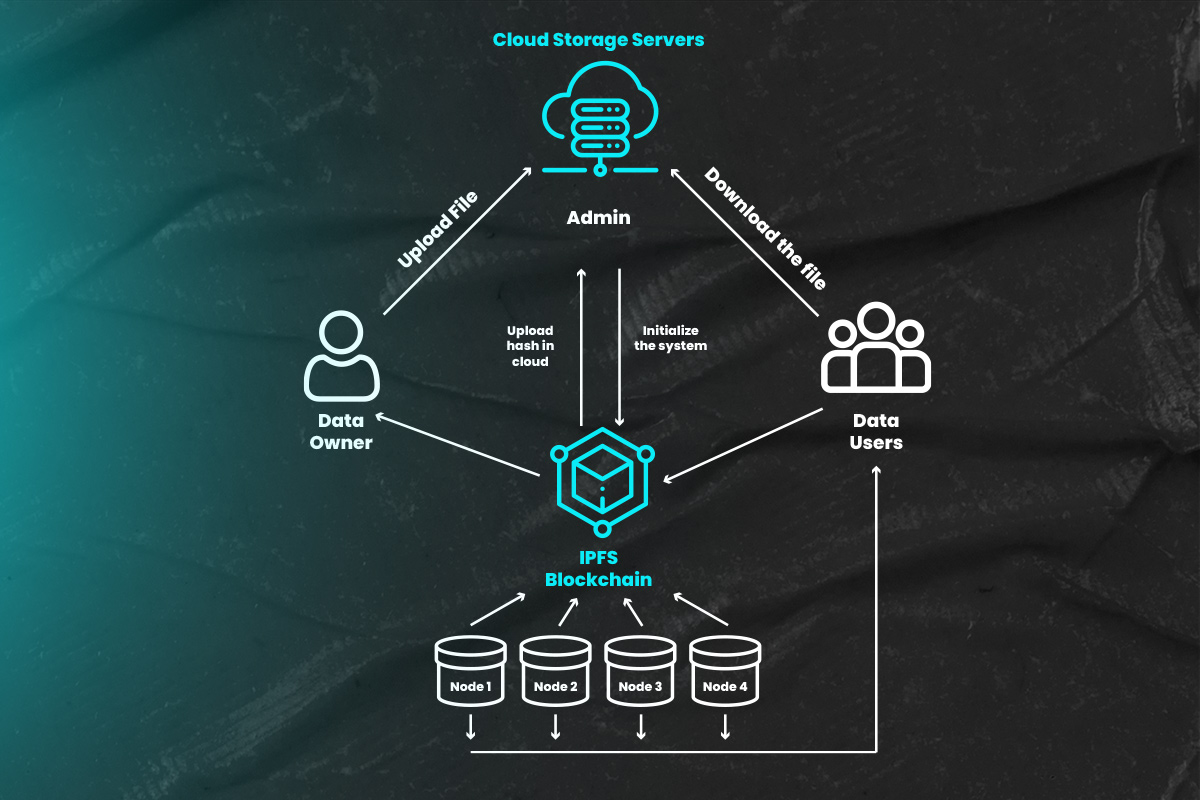
Store sensitive data off-chain using established platforms like IPFS or secure cloud providers. Only store pseudonymous references or hashes on-chain to help meet GDPR and CCPA requirements for data modification and erasure.
-
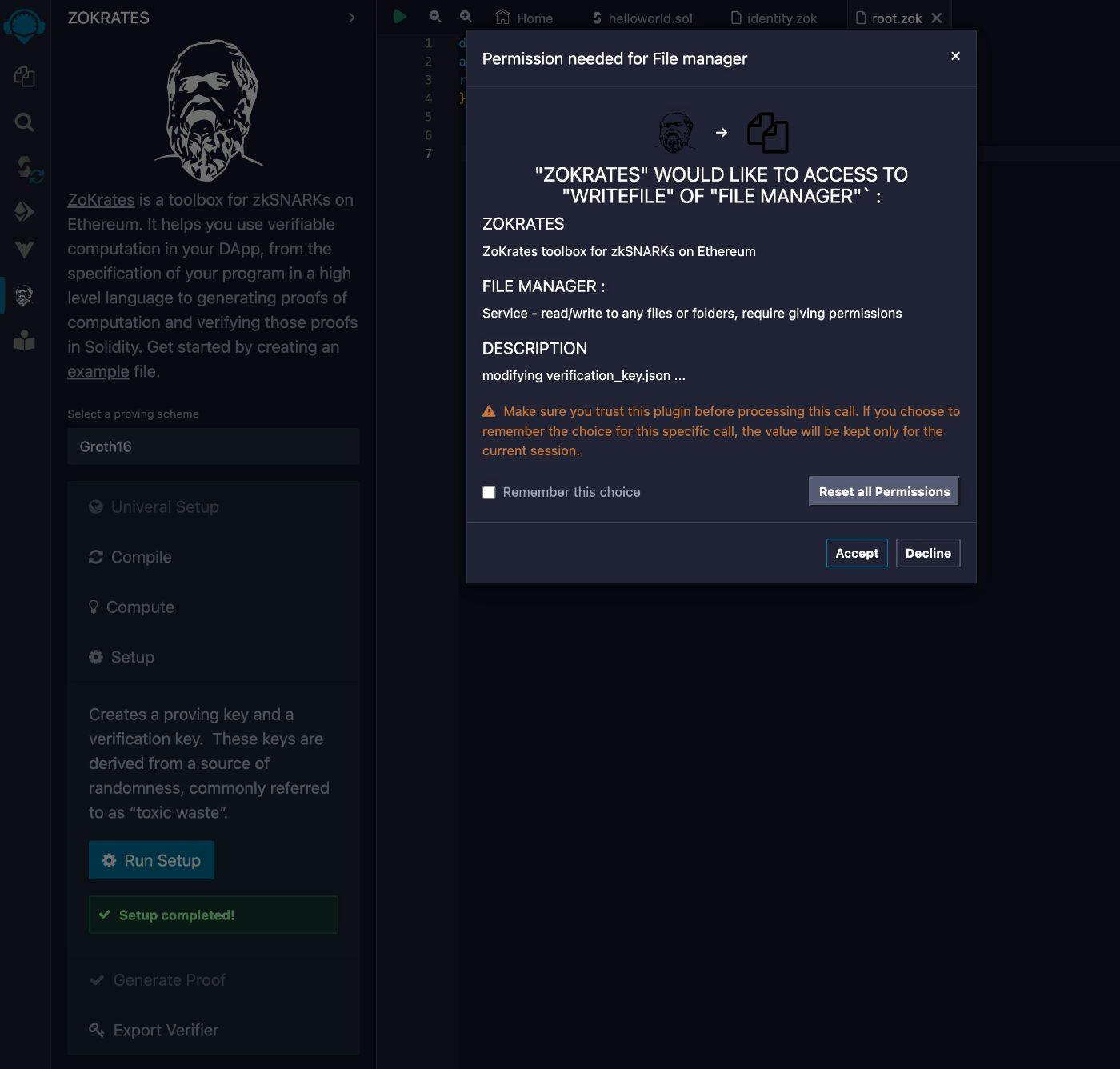
Leverage zero-knowledge proof (ZKP) frameworks such as ZoKrates or Aztec Protocol to validate transactions without exposing sensitive information, supporting data minimization principles.
-
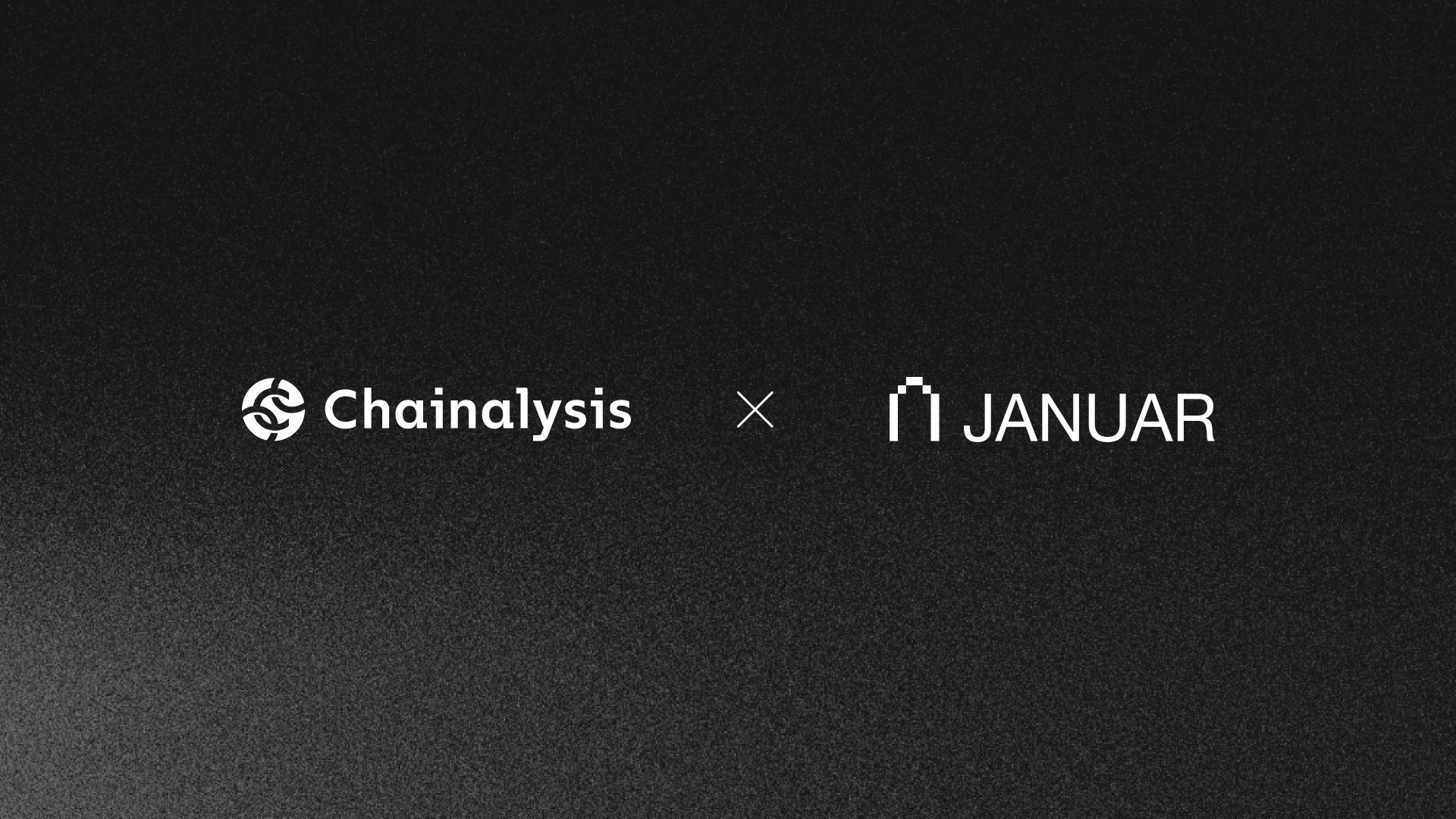
Design for jurisdictional compliance by incorporating geofencing or data localization controls using services such as Chainalysis to restrict data processing or access based on user location, addressing regional laws like China’s data localization requirements.
-
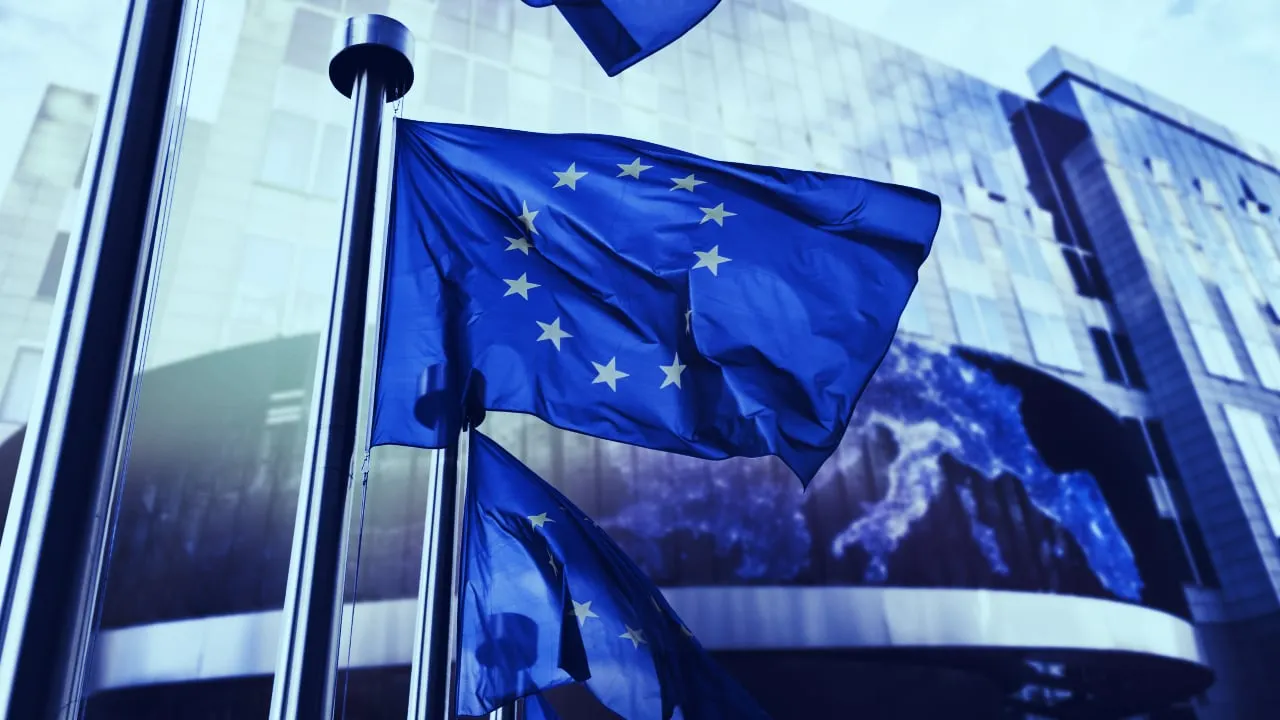
Test solutions in regulatory sandboxes provided by organizations like the EU Blockchain Observatory and Forum or UK FCA Regulatory Sandbox to validate compliance and engage with regulators early.
-
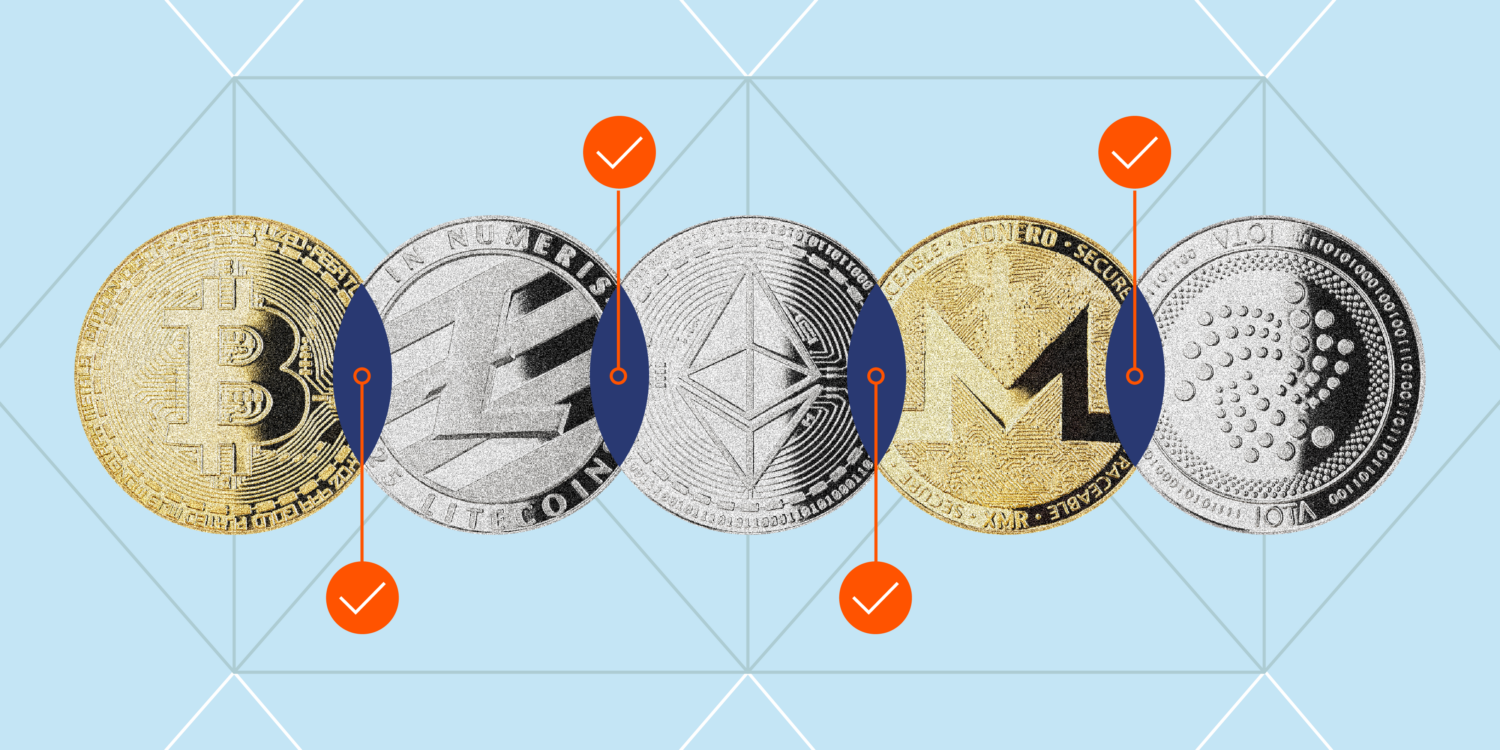
Maintain detailed audit trails using established blockchain analytics platforms like Chainalysis or Elliptic to demonstrate regulatory compliance and support dispute resolution processes.
Teams building privacy-preserving blockchain applications should adopt a holistic compliance mindset. Here are some actionable steps:
- Data Minimization: Only store what’s absolutely necessary on-chain. Rely on encryption and pseudonymization whenever possible.
- User Empowerment: Provide clear interfaces for users to manage their data rights, consent, access, and revocation, aligned with GDPR and CCPA requirements.
- Transparent Governance: Document data flows and smart contract logic for auditability. This not only builds trust but also facilitates regulatory reviews.
- Proactive Legal Review: Engage privacy counsel early in the development cycle to flag jurisdictional issues before they become blockers.
The GDPR-Advisor guide offers additional insights into how these principles play out in real-world smart contract deployments.
Pitfalls to Avoid When Pursuing Blockchain Privacy Law Compliance
The path to compliant encrypted smart contracts is fraught with potential missteps. Overlooking localization requirements can expose projects to enforcement actions in countries like China. Underestimating the complexity of consent management can lead to unintentional non-compliance with consumer protection laws such as the CCPA or GDPR. And assuming that “encrypted” equals “compliant” is a common but dangerous misconception, encryption is a tool, not a panacea.
The regulatory landscape will only get more complex as more jurisdictions introduce or update privacy laws tailored for digital assets and decentralized networks.
The future of encrypted smart contracts lies at the intersection of robust technical design and adaptive legal strategy. By keeping user privacy at the center while engaging with evolving global regulations, developers can unlock new possibilities for secure, compliant decentralized applications. As always in crypto: move fast, but don’t break the law!
